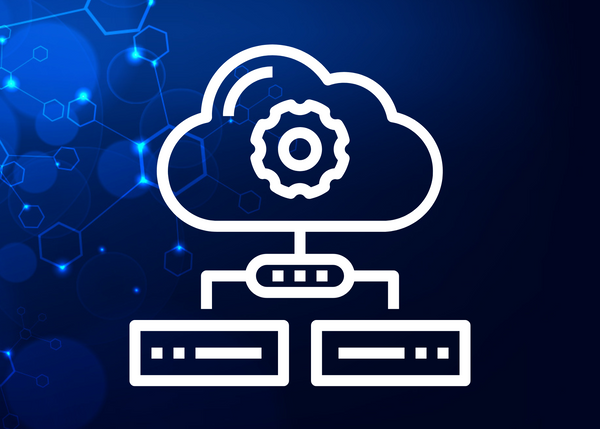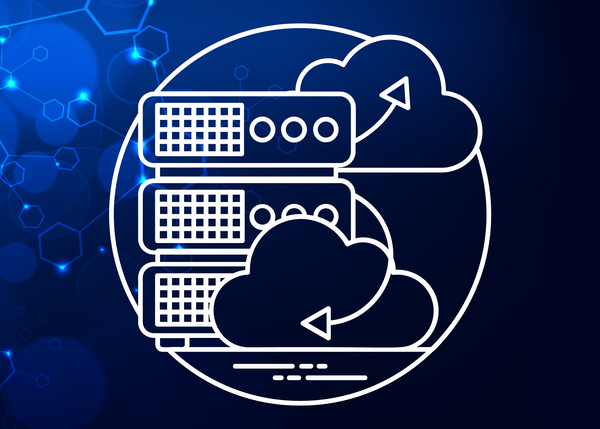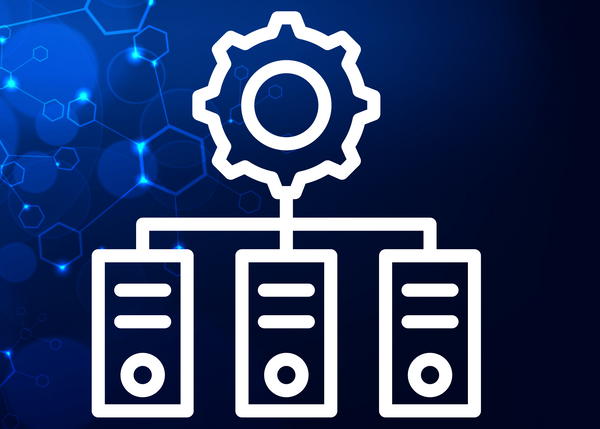A 2020 report found that 75 percent of organizations need to upgrade their IT infrastructure in order to take advantage of new technologies. Many are leveraging the cloud to minimize capital investments and implement new solutions with limited risk. However, the manual processes associated with building and configuring new environments often create substantial roadblocks. IT teams devote significant time to mundane, repetitive tasks, delaying progress on new initiatives.
Infrastructure-as-Code (IAC) enables organizations to automate provisioning, monitoring and management, minimizing errors and accelerating deployments. Also referred to as software-defined infrastructure, IAC expands on the concept of scripts by using a higher-level language to program more complex deployment processes. The applications of DevOps methodologies further enable the consistent and reliable delivery of infrastructure at scale.
IAC offers a number of advantages, including reduced costs, greater speed and efficiency, and improved security. As with any IT operational process, best practices can help maximize the benefits of IAC.



